To start the All World Travel MegaLists Series for 2024, we present the top 218 national parks worldwide. By beginning with the absolute finest parks, we’ll gradually unveil the remaining ones. For now, relax and enjoy the journey! Here are the rankings for parks 7 through 9!
7. Fiordland, New Zealand
Fiordland National Park, nestled in the southwestern corner of New Zealand’s South Island, is a pristine wilderness that captivates visitors with its stunning fiords, rugged mountains, and dense rainforests. Established in 1952, it is the largest national park in New Zealand and a UNESCO World Heritage Site.
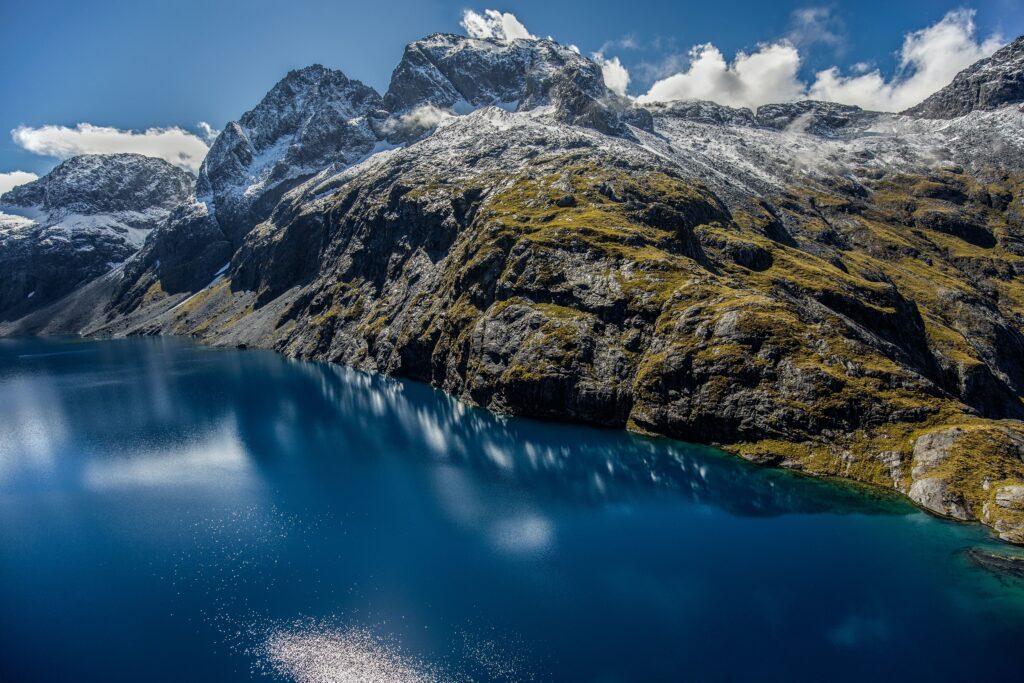
Photo Credit to Samuel Ferrara
Milford Sound, the park’s crown jewel, is a breathtaking fjord surrounded by towering cliffs and cascading waterfalls, including the iconic Mitre Peak. Doubtful Sound and Dusky Sound are equally enchanting, offering a sense of remote serenity and natural beauty.
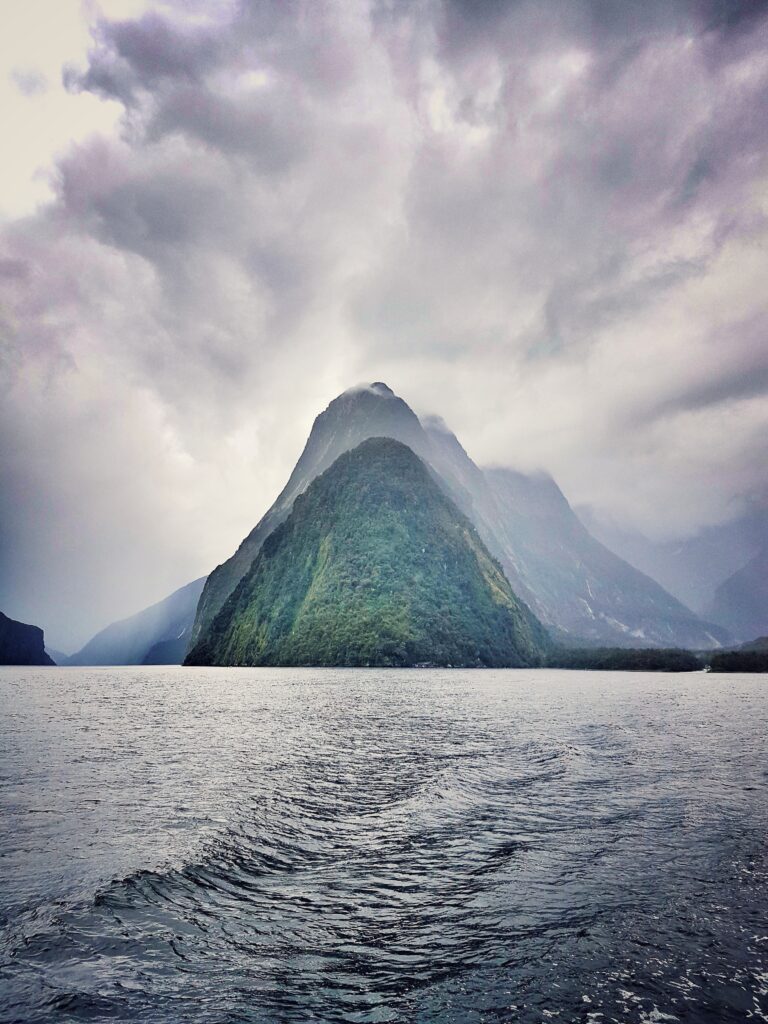
Milford Sound – Photo Credit to Steve Camp
Fiordland is a paradise for hikers, with the renowned Milford Track being one of the world’s great walks. The Kepler and Routeburn Tracks also showcase the park’s diverse landscapes, from alpine meadows to ancient beech forests.
Wildlife thrives in Fiordland, with the opportunity to spot seals, dolphins, and Fiordland crested penguins. The park’s pristine waters are home to unique marine life.
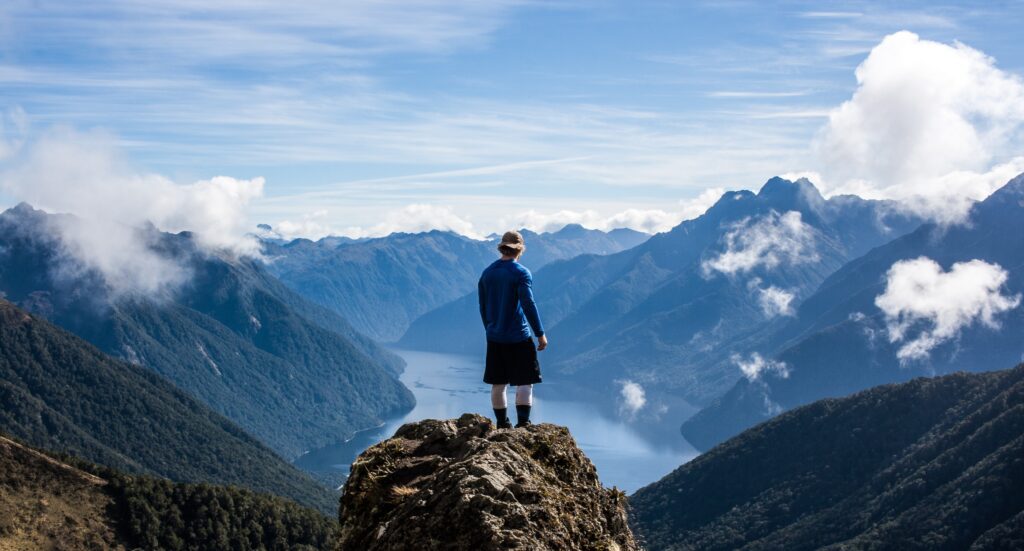
Photo Credit to Samuel Bordo
The gateway town of Te Anau provides access to the park, offering accommodations, dining, and tour services. Fiordland National Park, with its awe-inspiring landscapes and ecological diversity, stands as a testament to New Zealand’s natural splendor, inviting exploration and appreciation for its unspoiled wilderness.
8. Serengeti, Tanzania
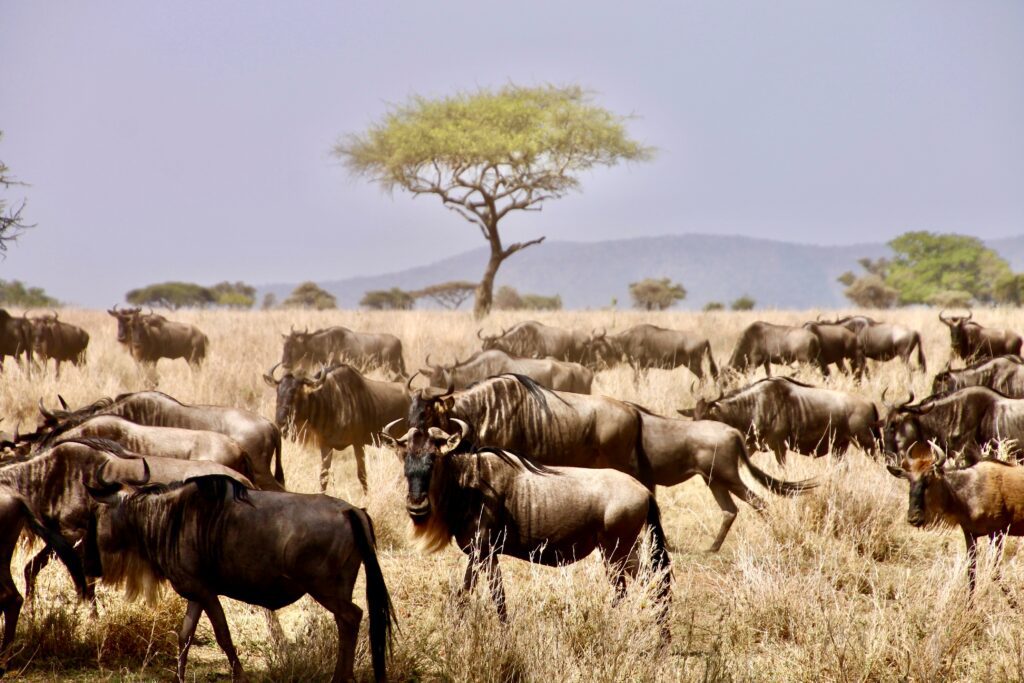
Photo Credit to Kai Pütter
Serengeti National Park, a jewel of East Africa, unfolds across the vast plains of Tanzania, and extends into Kenya’s Masai Mara, creating a haven for wildlife and one of the world’s most renowned ecosystems. Established in 1951 and designated a UNESCO World Heritage Site, the park is synonymous with the annual Great Migration, a spectacular wildlife phenomenon.
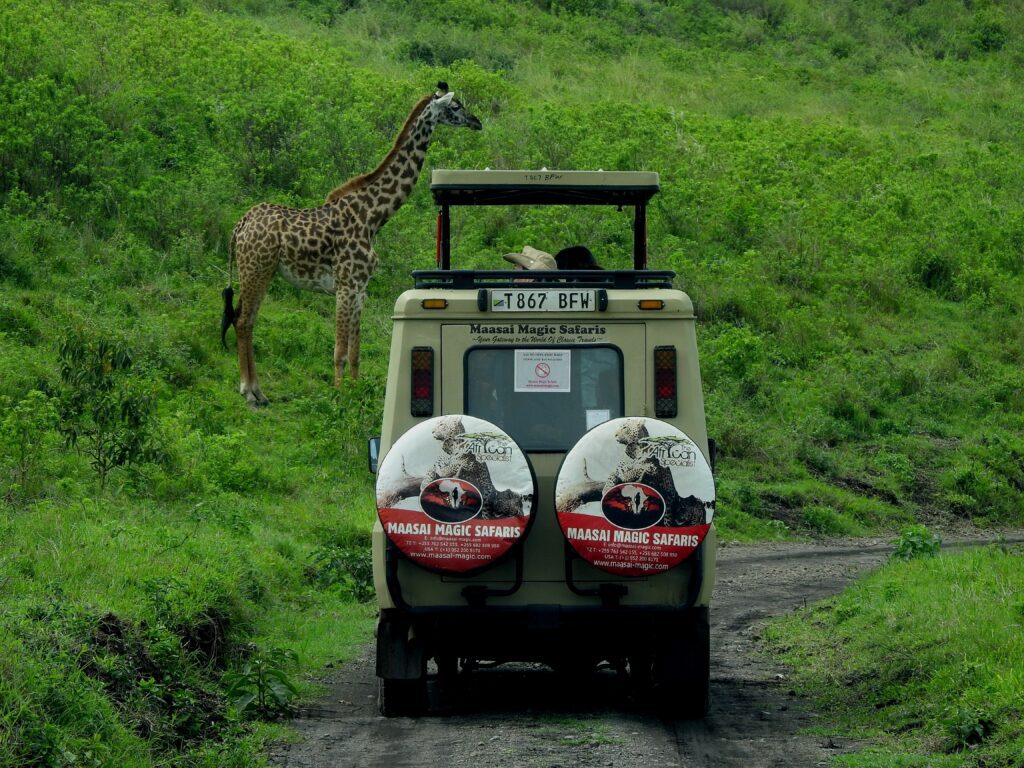
Photo Credit to Regal African Safaris
Spanning an area of nearly 5,700 square miles, the Serengeti is characterized by sweeping grasslands, acacia-dotted savannas, and rocky outcrops. The Great Migration sees millions of wildebeest, zebra, and gazelle traverse the plains in search of fresh grazing, creating a breathtaking spectacle that attracts travelers from around the globe.
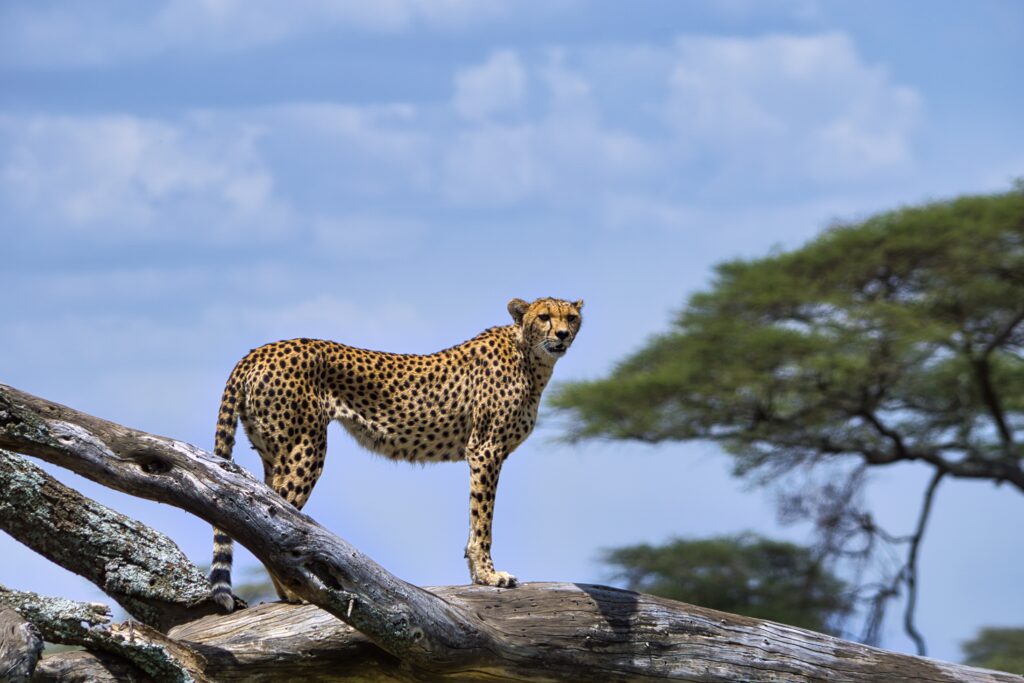
Photo Credit to Partha Narismhan
The Serengeti is a wildlife enthusiast’s paradise, boasting the Big Five—lion, elephant, buffalo, leopard, and rhinoceros. The park is also a haven for cheetahs, giraffes, hippos, and an incredible array of bird species.
Game drives, hot air balloon safaris, and guided walks offer opportunities to witness the diverse flora and fauna. The Ngorongoro Crater, often referred to as the “eighth wonder of the world,” is nearby and complements the Serengeti experience.
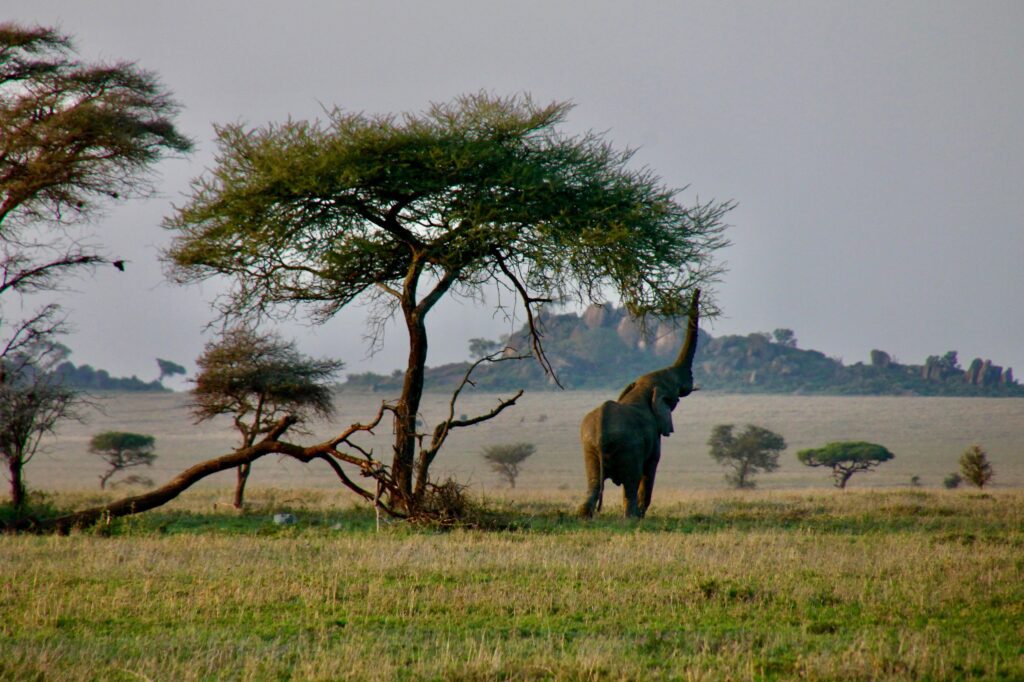
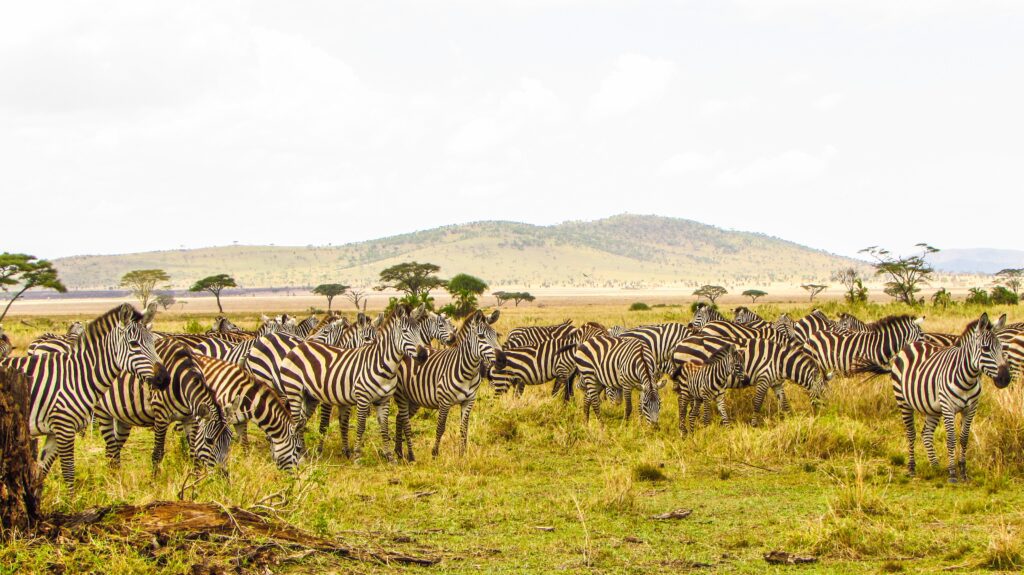
Photo Credits to Kai Pütter and Regal African Safaris
The gateway town of Arusha provides access to the park, offering safari packages, accommodations, and cultural experiences. Serengeti National Park, with its timeless landscapes and unrivaled wildlife encounters, remains a symbol of Africa’s natural splendor, inviting visitors to witness the harmonious rhythm of life on the savanna.
9. Sagarmatha, Nepal
Sagarmatha National Park, located in the eastern part of Nepal, is a breathtaking expanse of the Himalayas and home to some of the world’s highest peaks, including the iconic Mount Everest. Established in 1976, the park is a UNESCO World Heritage Site, drawing adventurers, trekkers, and nature enthusiasts from around the globe.
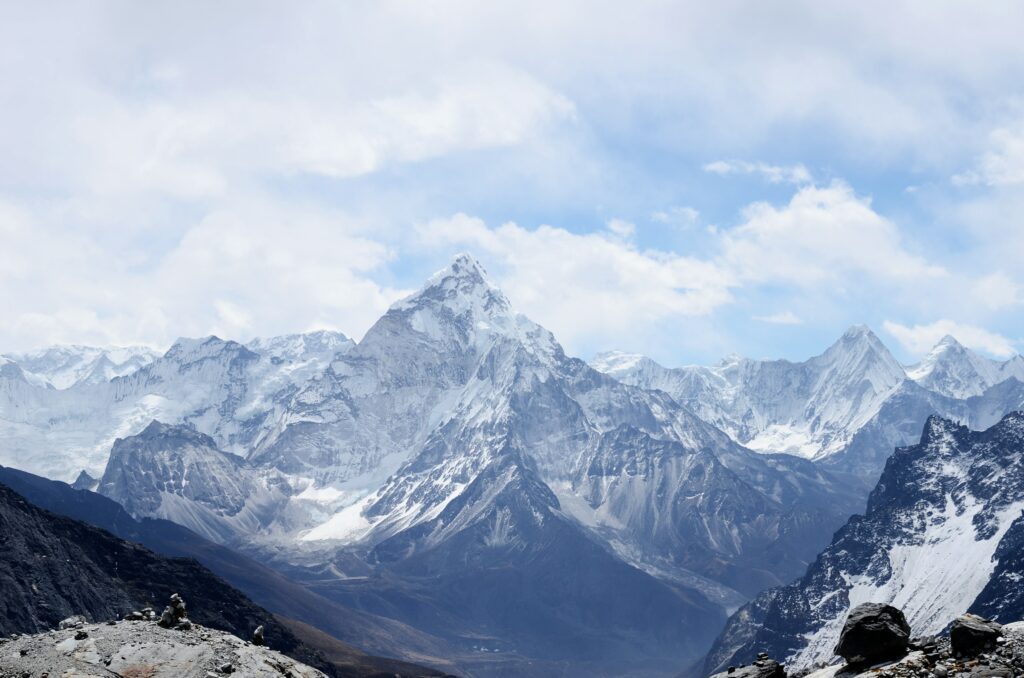
Photo Credit to Rohit Tandon
The centerpiece of Sagarmatha is Mount Everest, standing at a staggering 29,032 feet (8,848 meters) above sea level, the highest point on Earth. The park also encompasses other towering peaks like Lhotse, Nuptse, and Ama Dablam, creating a dramatic and awe-inspiring mountainous landscape.


Photo Credit to Nomadic Expeditions
The Everest Base Camp trek is a renowned adventure, offering trekkers the chance to experience the rich Sherpa culture, picturesque villages, and the challenging ascent to the base of the world’s tallest peak. The Khumbu Glacier and the Khumbu Icefall are notable natural wonders along the route.
Sagarmatha National Park is not only about mountain vistas; it also harbors diverse flora and fauna, including the elusive snow leopard, red panda, and various species of pheasants.
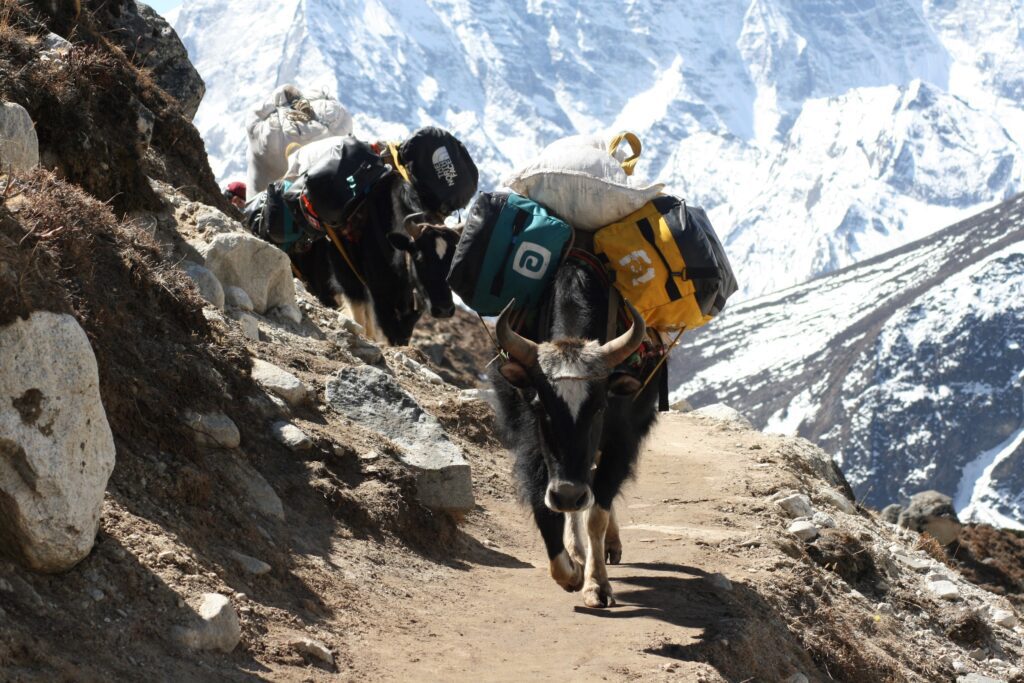
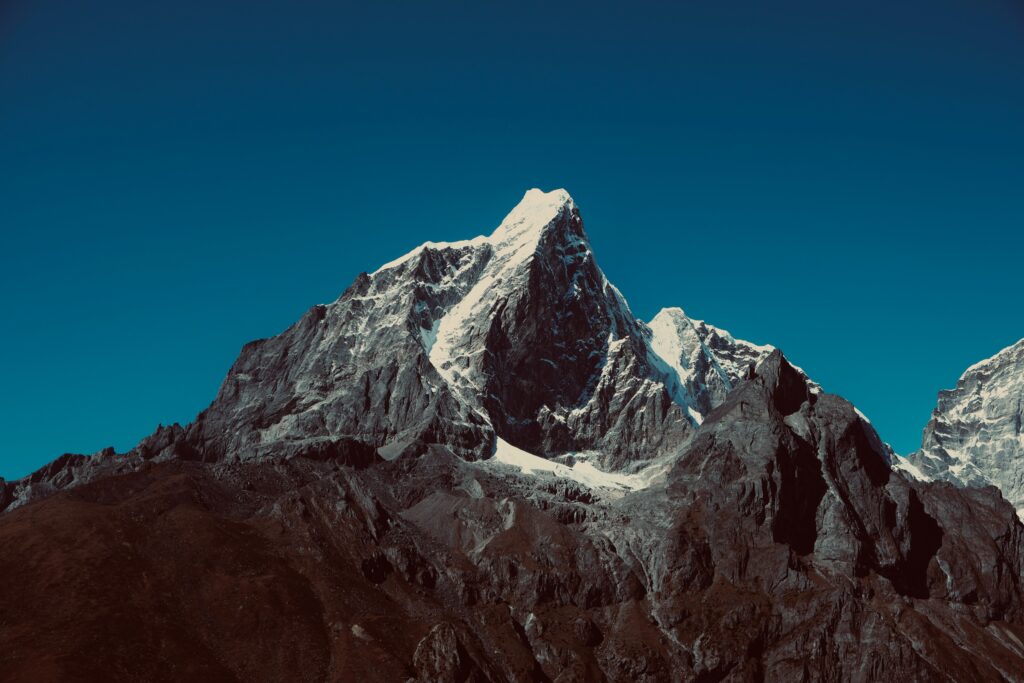
Photo Credit to Jean Woloszczyk and Pranav Thombare
The town of Namche Bazaar serves as a gateway to the park, providing accommodations, trekking permits, and supplies. Sagarmatha National Park stands as a testament to the grandeur of the Himalayas, inviting intrepid explorers to witness the majesty of the world’s highest peaks and the unique cultural tapestry of the Sherpa people.
Click here to GET IN TOUCH or Call us at (800) 294-5031
All World Travel – The Best Travel Experiences, Personalized for You.






